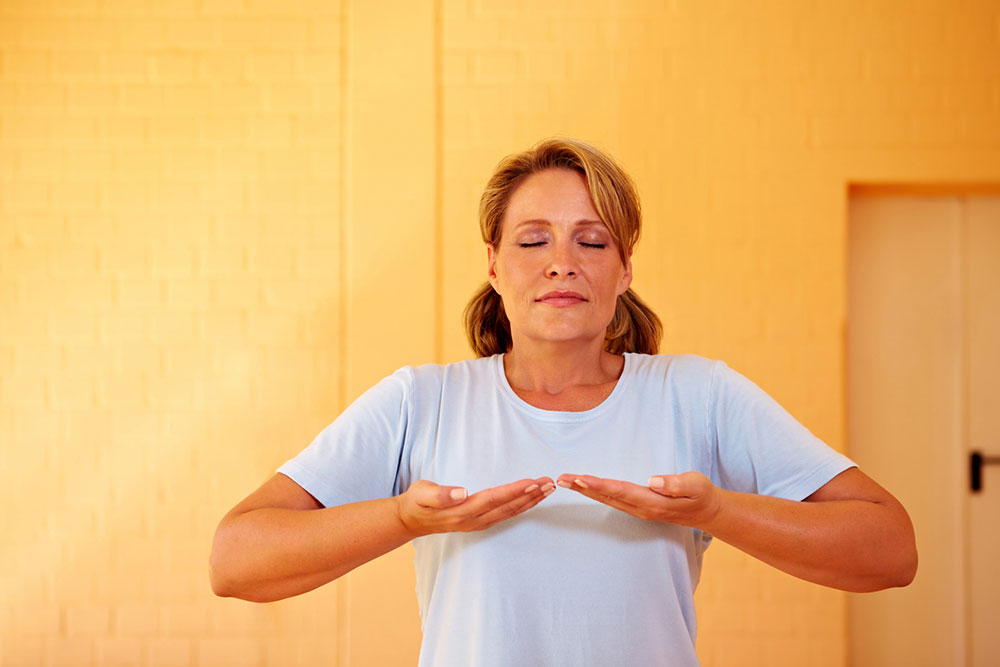
6 Techniques to Improve Shortness of Breath
Shortness of breath (dyspnea) is a common problem around the world. Here, one may feel like they have to work harder to breathe and that they cannot get enough air while inhaling. When this breathlessness does not develop as a symptom of a serious condition, it can be managed with simple home remedies and breathing exercises. So, here are a few techniques that may help improve shortness of breath and lung function:
1. Huff cough
Huff coughing is a combination of a breathing technique and coughing exercise. To practice this, begin by taking a deep inhale through the nose. Then, let out three exhales while pulling the abdominal muscles inward and making a “huff” or coughing sound. This technique can help loosen mucus and free up the airways to improve breathing.
2. Pursed lip breathing
Pursed lip breathing can help slow down the pace of breathing. It can also used for managing anxiety or a panic attack. One should begin by sitting in a relaxed, upright position on a chair. Then, one should press the lips together while maintaining a small gap between them, as if they were about to blow out a candle. One should then inhale through the nose for 2 seconds and exhale through pursed lips for 4 seconds. This process can be repeated a few times. The technique should be practiced at any time of the day, say, while watching television, reading a newspaper, or using the computer. For best results, one can engage in this exercise four to five times a day.
3. Belly (diaphragmic) breathing
To practice belly breathing, one can consider using the “rise, relax, rest” alliteration and start by taking a deep breath in and feeling the stomach rise as it fills up with air. Then, one should hold the breath for a couple of seconds and gently release the air through the mouth, emptying the lungs. One can go for a few rounds of this exercise. This method of breathing takes the pressure off of the neck, back, and chest and places it back on the diaphragm.
4. Paced breathing
When engaging in strenuous physical activity such as jogging or walking up the stairs, paced breathing can help manage shortness of breath. This method requires one to count the breaths along with their steps to get into a flow or rhythm.
5. Steam inhalation
This can clear the nasal passages, helping overcome shortness of breath. Steam can also break down mucus buildup in the lungs to improve breathing. To try this at home, one should fill a bowl with hot water. One should not use boiling water, as it may cause scalding. One can add a few drops of essential oil, such as eucalyptus or peppermint. Then, one can sit with their face over the bowl, add a towel over the head to trap the steam, and take deep breaths to inhale the steam.
6. Eating fresh ginger
When shortness of breath is a result of respiratory infections, fresh ginger may help. One can eat a slice of ginger as it is or boil it in some water to make ginger tea. This is also a home remedy for respiratory syncytial virus infection.
As each case is unique, one should consult a doctor to check if they can use the abovementioned techniques.
